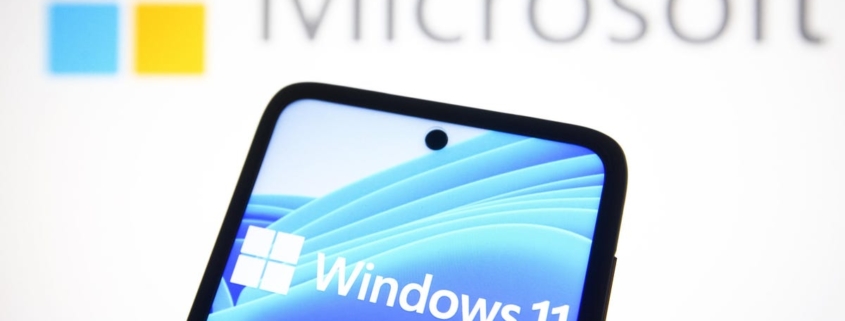Red flags – which platforms/services do internet users have most privacy concerns about?

Internet users leave digital footprints when they use various online services. This footprint may include visited websites, uploaded photos, and interactions on social media (such as comments, posts and reactions). The correct privacy settings in digital services can help reduce the number of traces online, and help you take control of your information. Our research explored which services and platforms users are most concerned about regarding privacy and security of personal data.
The data was obtained based on anonymous data on visits to the Kaspersky Privacy Checker website between December 2019 and August 2021. Kaspersky analyzed for which services and platforms users most opened the security setting instructions.
Among the most popular requests for privacy were Google settings on Android (11.1%), security rules for Android OS (7.3%), and WhatsApp settings on Android (5.9%).
When it comes to social networks, users most frequently viewed the Facebook security pages on various platforms (15.7%). Instagram was the second most reviewed social network in terms of the number of requests for settings privacy – its total share of appeals was 9.9%. TikTok took third place with an 8.1% share of requests for security settings. Considering its monthly active audience is four times smaller than Facebook’s (689 million versus 2.9 billion), the numbers show that the privacy offered by TikTok is also of great concern to users.
Among messenger services, users are most concerned with the WhatsApp security level – the share of requests about its security policy was 13.9%.
Meanwhile, the Russian social network VK also made it into the top global queries, at 7.7%. VK is Russia’s most popular social network, and the share of security instructions…



